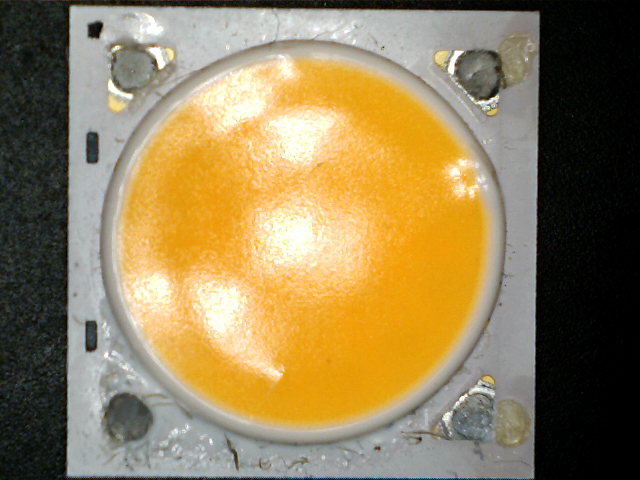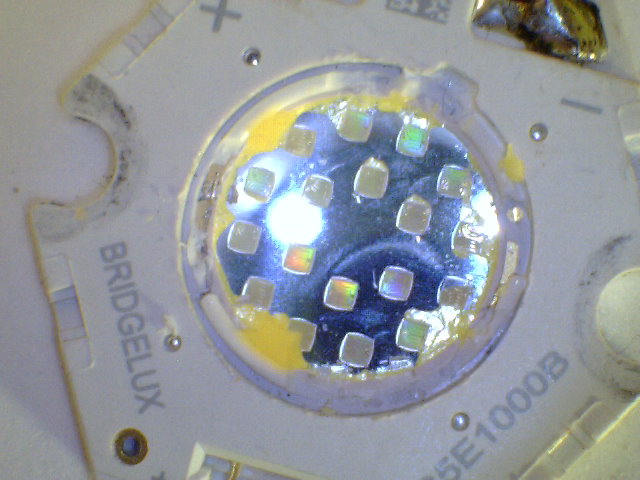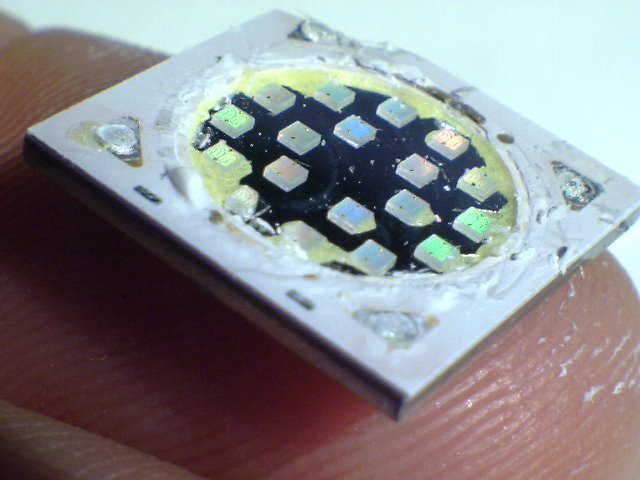AquariusPanta
Well-Known Member
Bingo!I'm sure many more people would be dying to show pictures of their plants before harvest.. if they weren't worried about something going wrong.
I liked your analogy.
Bingo!I'm sure many more people would be dying to show pictures of their plants before harvest.. if they weren't worried about something going wrong.
Dimming DC/DC " bucks "..How do I incorporate a dimmer into the >4 CXA string using AC/DC mains PSU with individual DC/DC bucks?


They're nice if you aren't handy with a soldering iron, and simplify assembly. However they're not as secure as a properly soldered wire. One has to be a gentle giant with these as it's fairly easy to pull the wire out and exceedingly difficult(impossible) to put back in.Anyone have experience with Molex Pico EZMate connectors?
@bicitThey're nice if you aren't handy with a soldering iron, and simplify assembly. However they're not as secure as a properly soldered wire. One has to be a gentle giant with these as it's fairly easy to pull the wire out and exceedingly difficult(impossible) to put back in.
Make sure you get the one with 18AWG if you want to run a high voltage string.
Members only...Anyone now where to score
BXRC-35E10K0-L-03
in EUROPE? To avoid import tax.
I think their minimal is 10, i need only 6!
With the molex connector one could wire in ten cobs in the amount of time it takes the solder gun to warm up...I think a lot of people are afraid of soldering because they're used to soldering metal pcb stars. Those are impossible to solder to. Fuck it. Just give up. I never had time for that.
Vero's solder pads are thermally isolated meaning even if you already have it mounted to the largest heatsink in the world, it will still take less than 5 seconds to melt the solder. (if it takes longer, you're damaging the cob. The instructions say it should take under 5 seconds to solder 1 pad)
less than 5 seconds to tin one pad, less than 5 seconds to tin the other pad, then you spend about a minute trying to tin the wires! (i do because i'm clumsy and stubborn to get something to hold wires for me)
then when the wires are tinned, push wire against pad, heat for less than 5 seconds. Push other wire against other pad and heat for less than 5 seconds. Done.
The majority of the time is spent fucking with the wires.
Good to know on the 300v rating!With the molex connector one could wire in ten cobs in the amount of time it takes the solder gun to warm up...The molex connector is rated for 300v which happens to be the cap for most available drivers anyhow. Looks cleaner and adds a certain level of 'plug and play' to the DIY LED world.










